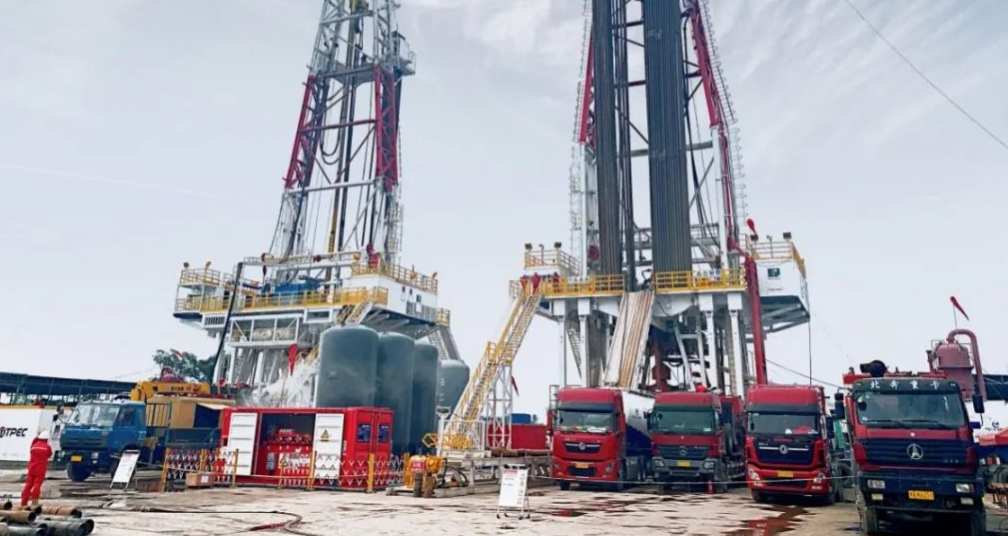Role of Simulation in the Oil and Gas Industry
In a prior piece, I discussed how simulation can aid in the development and refinement of mining machinery. Now, I wish to delve deeper into the subject of simulation's significance in the natural resources domain, with a particular emphasis on the utilization of CAE software in the challenging realm of oil and gas applications.
Oil and gas drilling operations necessitate a diverse array of equipment, including the crown and crown block located at the pinnacle of the rig, traveling block, draw works, sand pipe, engine, fuel or water tanks, swivel, rotary hose, turntable, pipe rack, conductor pipe, borehole, bit, drill pipe, mud pit, and mud pump.
While the drilling process involved in oil and gas extraction is already comprehensively understood, what's fascinating is that the same drilling infrastructure can also perform seismic surveys based on shock waves. These shock waves, generated by the drilling infrastructure, propagate to the core of the earth and are subsequently reflected back to the surface by the various layers of rocks. The reflected waves travel at different speeds depending on the density or type of the rock layers through which they traverse.
The shock waves are reflected and detected by audio-sensitive vibration sensors or microphones. On land, seismometers are employed for this purpose, while drilling hydrophones are used for offshore operations. Seismologists can interpret the anomalies associated with typical structures for petroleum and gas traps and oil by analyzing the reflections.
1. Wave Impact on an Oil Rig Platform
The aim of this project is to simulate the effect of ocean waves on an oil rig's columns. To achieve this, a scaled geometry is utilized to maintain the Froude number of the real-world event. The meshing of the geometry is carried out on the SimScale platform with the aid of the snappyHexMesh tool, resulting in a mesh comprising around 8,500,000 volumes.
2. Thermal-Structural Analysis of a Pressure Vessel
A noteworthy simulation with potential applications in underground excavation extraction and preservation is the thermal-structural analysis of a pressure vessel. Typically, pressure vessels are utilized for storing high-pressure liquids or gases. In this particular simulation, a copper pressure vessel with a steel interior coating was investigated. The vessel contained hot water with a temperature of 593 K (290 °C), which was then cooled down using cold water at 293 K (25 °C).
To analyze the system, a transient thermostructural approach was employed to account for temperature changes over time. Copper was selected as the vessel material, while steel was chosen for the inner coating. A material table was then uploaded, which includes material parameters at various temperatures. The vessel consists of two pipes: an upper pipe for cold water inlet and a lower pipe for hot water outlet. Fictitious valves were considered between the pipes and the vessel.
The simulation results provide insights into the temperature, heat flux, and stresses in the pipes and vessel at 2020 seconds (33.75 minutes).
3. Sloshing of Fluid in a Moving Fuel Tank
Another noteworthy project related to petroleum storage is the simulation of sloshing fluid in a moving fuel tank. The tank's motion was assigned using the Solid Body Motion option. The geometry of the tank is cylindrical, with a capacity of 30 gallons. The interior domain was meshed using Esimtech platform, resulting in approximately 0.5 million cells.
For this particular project, water was assigned as the fluid, while air was designated as the second phase. The simulation was executed on eight computer cores and required roughly 11 hours to complete.
All the projects mentioned in this article can be imported into your workspace and used as templates. Don't hesitate to peruse the SimScale Public Projects to discover other intriguing simulations.
